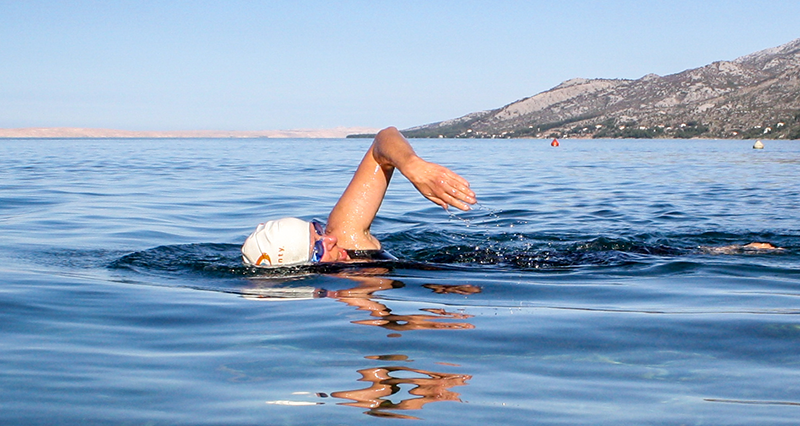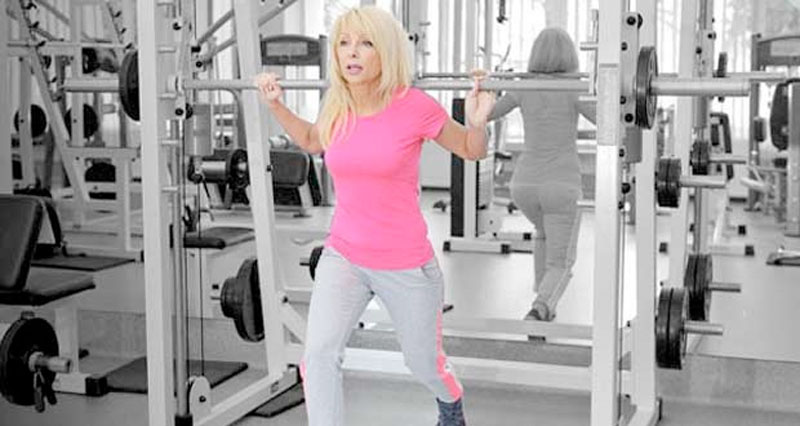Cold water swimming, or “wild swimming,” has become a go-to for many women seeking natural ways to manage menopause symptoms. This refreshing outdoor activity is known not only for its physical benefits but also for the mental clarity and stress relief it provides. Whether you’re curious about symptom relief, looking for a new fitness challenge, or simply drawn to the calm of nature, here’s what you need to know about wild swimming and menopause.
Health Benefits of Cold Water Swimming
Wild swimming is much more than a dip—it offers unique benefits that make it a powerful wellness tool for menopausal women:
Symptom Relief
Studies show that cold water immersion can ease menopause symptoms like anxiety, hot flashes, mood swings, and joint pain. Nearly half of perimenopausal women in one survey reported significant improvements in mood and anxiety, and others experienced relief from physical discomfort.
Heart Health
Cold water swimming is linked to improved heart health, as it can regulate blood pressure and improve how the body responds to insulin—key for women managing high blood sugar or diabetes risks.
Pain Management
For aches and pains, cold water acts as a natural anti-inflammatory, reducing soreness and boosting endorphins to improve mood and well-being.
Full-Body Workout
Swimming combines cardio with resistance training, helping maintain muscle tone, bone density, and overall fitness—a huge plus during menopause.
Tips for Getting Started
If you’re new to wild swimming, these tips can make the transition safe and enjoyable:
- Connect with a Community: Joining a local swimming group or finding friends on social media can help you stay motivated, learn about safe locations, and share in the adventure.
- Take It Slow: Ease into cold water swimming. There’s no pressure to swim fast or far—just enjoy the experience and do what feels comfortable for you.
- Stay Safe: Swim in calm, shallow water, stay within your depth, and avoid going solo whenever possible. A tow float can help with visibility and provide a resting option in open water.
- Adjust for Seasons: Swimming duration may change with the weather. Even a quick dip in colder months can bring benefits, so start short and adjust as needed.
Essential Gear
While a wetsuit isn’t required, it can be helpful in very cold water. Many swimmers prefer to feel the water directly on their skin, opting for neoprene gloves and booties instead. Quick-dry towels and warm clothing are essential for post-swim comfort. As soon as you exit the water, dry off, layer up, and have a hot drink to help warm up.
Aftercare: The “Afterdrop” Effect
Afterdrop, or a post-swim temperature drop, is common in cold water swimming. To avoid it, bring a warm hat, cozy socks, and a hot drink. Warming up from the inside out helps your body stabilize post-swim, making the experience safer and more comfortable.
Safety Precautions for Cold Water Swimming
Cold water swimming is invigorating but comes with risks if not approached carefully. Cold water shock can occur below 15°C (59°F), so consider these precautions:
- Acclimate Gradually: Splash cold water on your body or take cold showers to prepare.
- Plan Your Exit: Ensure you have a safe way to get out quickly if needed, and keep a flotation device nearby.
- Buddy Up: Swim with a friend or in areas with lifeguards, and avoid unfamiliar or rough water conditions.
- Consult a Doctor: If you have heart conditions or other health concerns, speak with your doctor before beginning cold water swimming.
Embrace Your Own Experience
Wild swimming is a deeply personal experience, with unique rewards for body and mind. Many women find it freeing, uplifting, and invaluable for managing menopause symptoms naturally. If you enjoy it and stay safe, wild swimming can bring a whole new dimension to wellness. But if it’s not for you, remember that other types of exercise can also bring these benefits.
Wild swimming offers a blend of nature, exercise, and mental clarity. Enjoy the journey at your own pace and discover how powerful this practice can be.


